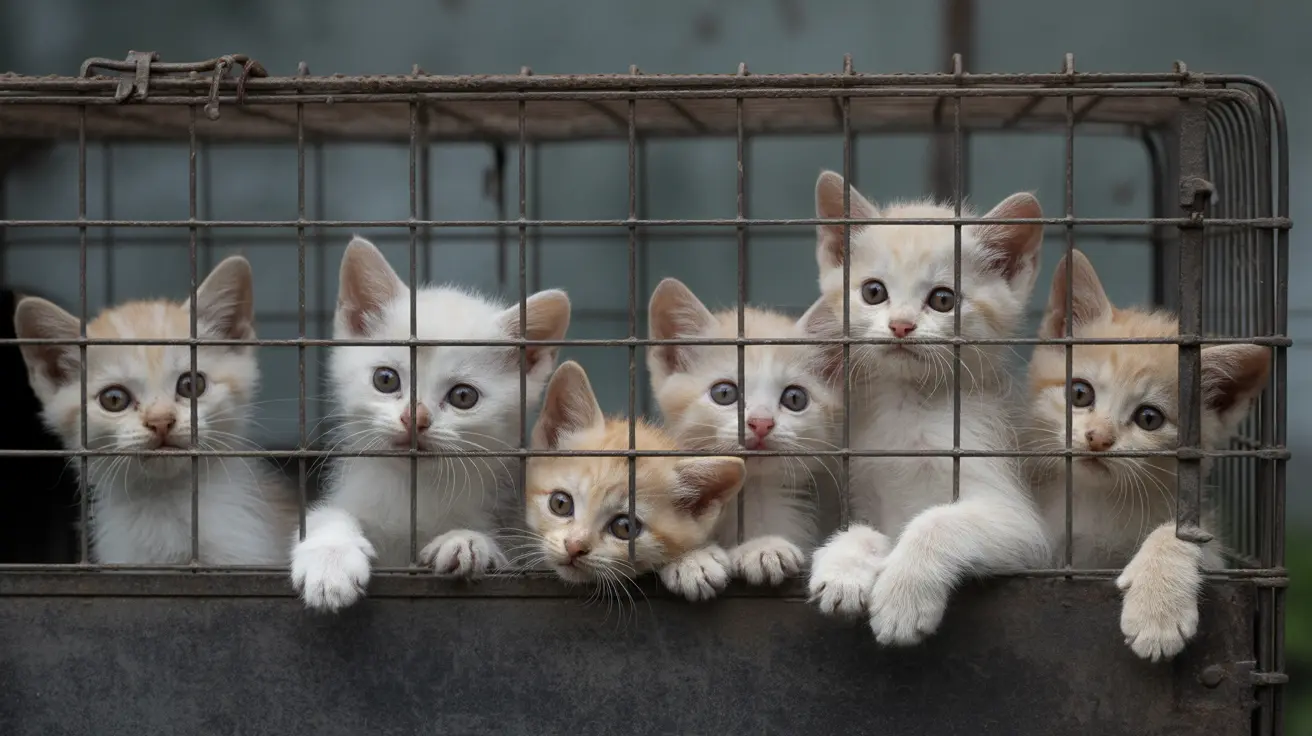Understanding the Cost of Treating Calicivirus in Cats
Feline calicivirus (FCV) is a highly contagious viral infection that commonly affects cats, especially in high-density environments like shelters or multicat households. Because FCV lacks a specific antiviral cure, treatment involves a combination of supportive measures aimed at relieving clinical signs and aiding recovery. This article explores the factors influencing the cost of FCV treatment, what pet owners can expect during the treatment process, and how to manage or avoid costly interventions.
What Is Feline Calicivirus?
FCV is a virus from the
Caliciviridae family and primarily causes upper respiratory and oral diseases in felines. Symptoms vary based on the strain, but may include the following:
- Sneezing and nasal discharge
- Oral ulcerations and drooling
- Gingivitis or chronic stomatitis
- Eye discharge and conjunctivitis
- Lameness in kittens
- Severe symptoms from virulent systemic strains, including pneumonia and jaundice
Diagnosis and Initial Costs
A diagnosis is typically made based on clinical symptoms, such as oral ulcers. Confirmation using PCR testing may be recommended, costing anywhere from $50 to $150. However, tests are often limited in distinguishing between virulent and non-virulent strains.
Supportive Treatment Options and Their Costs
Since there’s no antiviral medication specifically for FCV, treatment focuses on symptom control. The cost can vary depending on treatment type and cat health:
- Hydration and Nutritional Support: Fluids, appetite stimulants, and feeding tubes ($50–$150)
- Pain Relief: Non-steroidal anti-inflammatories prescribed after hydration is restored ($30–$70)
- Antibiotics: For secondary bacterial infections, such as doxycycline ($40–$90)
- Ophthalmic Treatment: Topical antibiotic eye drops or ointments ($20–$50)
- Hospitalization: For severe dehydration or inability to eat ($100–$300 per day)
Total treatment costs for mild-to-moderate cases typically range from
$100 to $300, while more severe cases requiring hospitalization or dental work (e.g., extractions for stomatitis) can escalate to
$500 or more.
Chronic Conditions and Long-Term Expenses
Some cats develop
feline chronic gingivostomatitis (FCGS), a painful and long-lasting oral condition. Treatment may require dental procedures, including full-mouth tooth extractions, which can cost:
- Dental cleaning and extractions: $300–$1,000+
- Immunomodulatory drugs: Monthly medications ($30–$100/month)
These chronic conditions may span several months or years, significantly contributing to lifetime veterinary expenses.
Preventing High Treatment Costs
Prevention is key to avoiding costly FCV treatment. Here are essential preventive strategies:
- Vaccination: Considered a core vaccine; initial series and boosters cost $20–$50 per shot
- Hygiene: Bleach-based disinfectants (1:32 dilution) to clean surfaces
- Isolation: Quarantine new cats for 2–3 weeks
- Reducing Stress: Choose calm environments and limit movement between groups
Final Thoughts
Most feline calicivirus infections resolve in 1–3 weeks with appropriate supportive care. While mild cases are relatively inexpensive to manage, severe or chronic forms may require extensive medical attention, dental procedures, and prolonged drug therapy, significantly increasing total costs. Regular vaccinations and proper management of a cat's environment can dramatically reduce the risk of infection and subsequent expenses.
Proactive Pet Ownership Pays Off
Investing in preventive measures and early treatment can greatly reduce the overall cost and improve health outcomes. Speak to your veterinarian at the first sign of respiratory or oral discomfort in your cat to ensure a prompt and cost-effective response.





